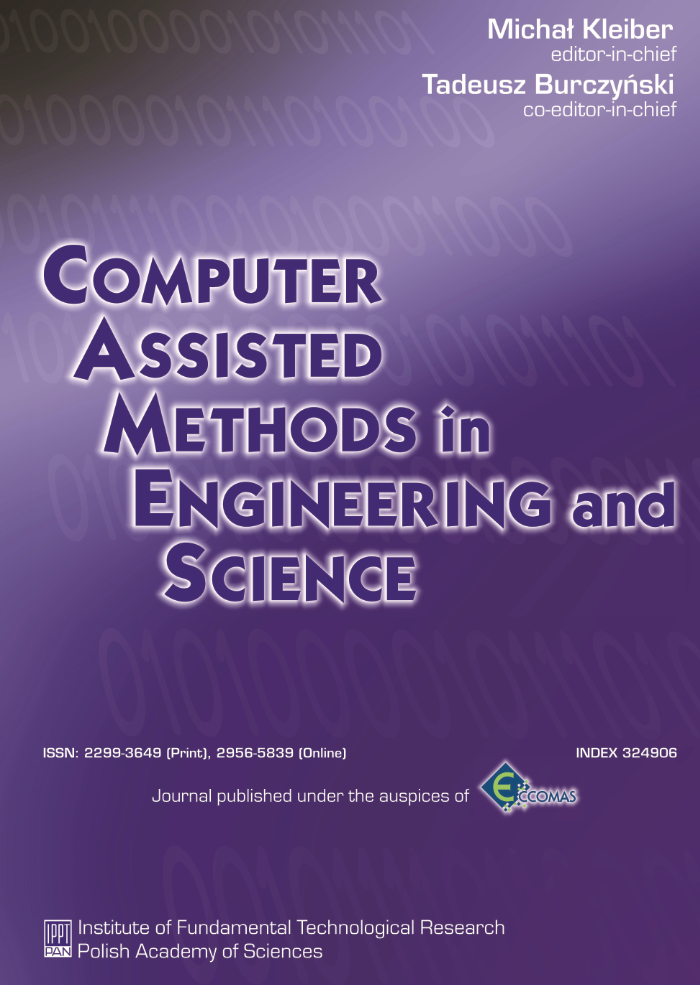Abstract
A new procedure based on layered feed-forward neural networks for the microplane material model parameters identification is proposed in the present paper. Novelties are usage of the Latin Hypercube Sampling method for the generation of training sets, a systematic employment of stochastic sensitivity analysis and a genetic algorithm-based training of a neural network by an evolutionary algorithm. Advantages and disadvantages of this approach together with possible extensions are thoroughly discussed and analyzed.
References
[2] Z.P. Bazant, F.C. Caner, I. Carol, M.D. Adley, S.A. Akers. Microplane model M4 for concrete. Part I: Formulation with work-conjugate deviatoric stress, Part II: Algorithm and calibration. Journal of Engineering Mechanics - ASCE, 126: 944-953, 954-961, 2000.
[3] J. Drchal, A. Kucerova, J. Nemecek. Using a genetic algorithm for optimizing synaptic weights of neural networks. CTU Reports, 7(1): 161-172, 2003.
[4] O. Hrstka, A. Kucerova. Improvements of real coded genetic algorithms based on differential operators preventing the premature convergence. Advances in Engineering Software, 35(3-4): 237-246, 2004.
[5] A. Ibrahimbegovic, C. Knopf-Lenoir, A. Kucerova, P. Villon. Optimal design and optimal control of structures undergoing finite rotations and elastic deformations. International Journal for Numerical Methods in Engineering, 61(14): 2428-2460,2004.



